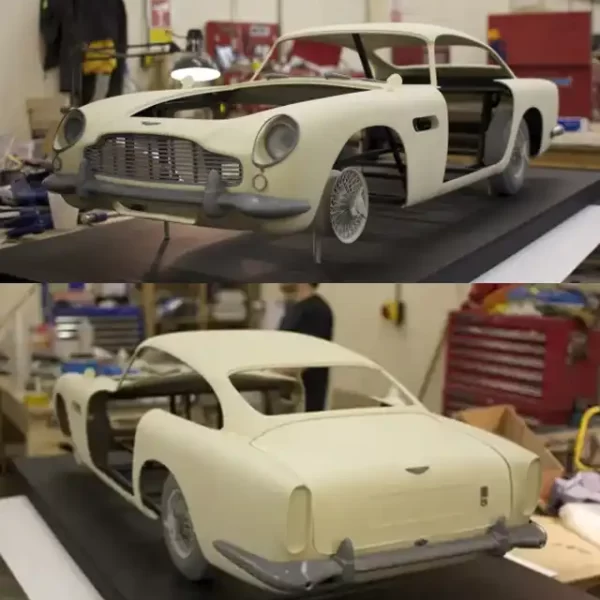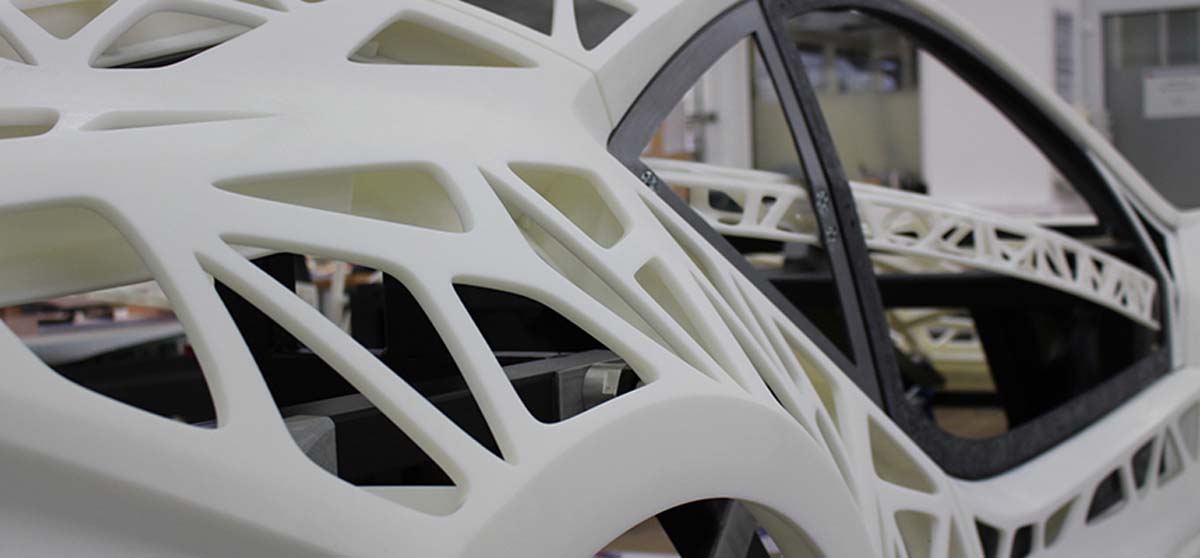ZONGHENG 3D’s Solutions
To The Automotive Industry
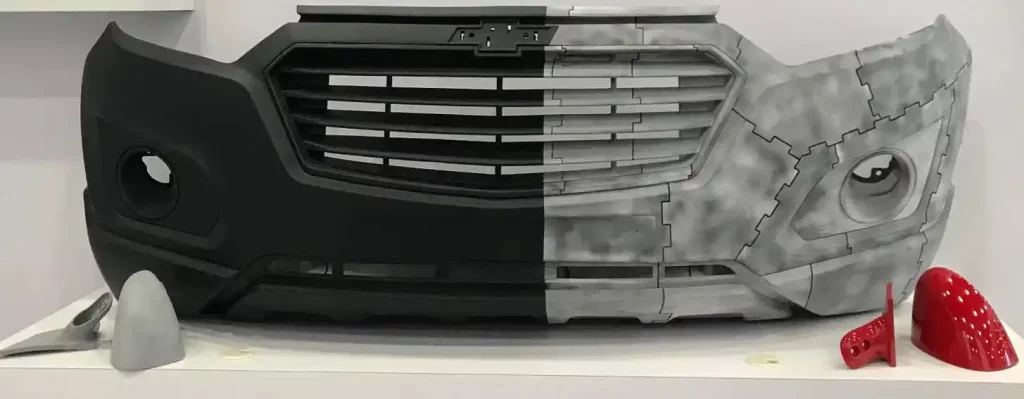
Since the introduction and installation of the first SLA 3D printer by Ford Motor Company and General Motors Company in 1986 and 1987, additive manufacturing technology has officially entered the automotive field in the form of rapid prototyping.
From the initial use to simulate and test the shape and fit of auto parts and other parts, primarily used as demonstration parts to verify ideas, to mass production and application of auto parts, decades of rapid additive manufacturing industry development has made 3D printing technology more and more mature, and the cost of raw materials is getting lower and lower.

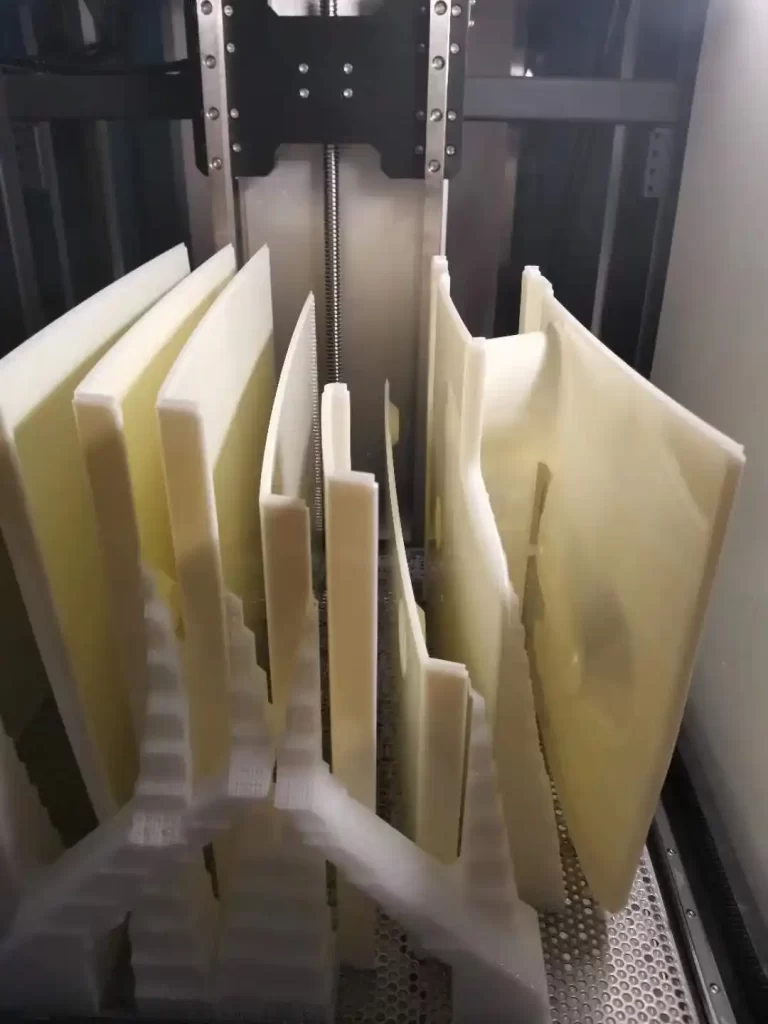
The future development of additive technology will also fundamentally change the supply chain and production dynamics of the automotive industry, bringing new possibilities for cost-effective mass production in the early stage and maintenance of refined spare parts in the later stage, allowing for further digitized, patched, and efficient production in the automotive field. Zongheng 3D Intelligent Technology Co.,Ltd. saw an opportunity in this revolution in the field of automobile manufacturing and independently developed a set of 3D printers that can support automobile prototyping, automobile parts production, and personalized customization of automobile parts.
Automotive Prototyping
From design to launch, a concept car must go through numerous idea validation processes. Our 3D printers enable R&D personnel to complete the physical production of concept models in hours or days. Its scanning speed of 6000mm to 10000mm per second and molding accuracy of 2mm to 0.05mm allow it to quickly provide high-precision concept model printing for R&D personnel within a limited unit time, validating R&D personnel’s concept ideas and new products in real time structure, and shortening the development cycle of new products.
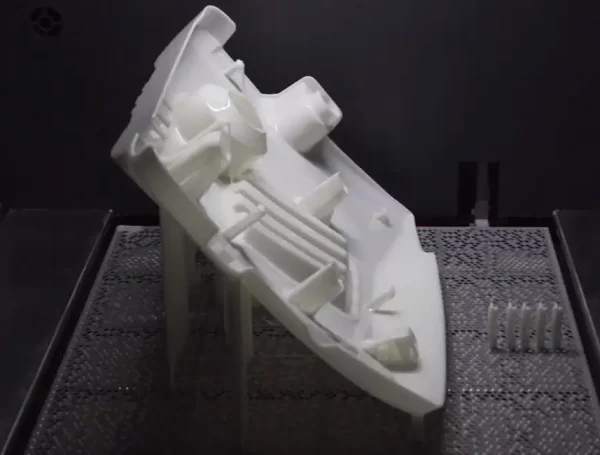
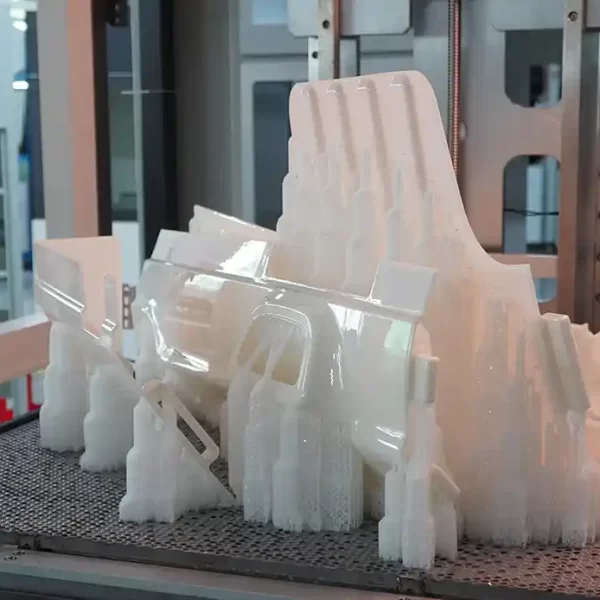
Production of Auto Parts
3D printing technology has been shown to save days or weeks of processing time when compared to traditional techniques in producing auto parts, and the cost is only a fraction of traditional techniques. It has significant cost and technical advantages, particularly in mass production and the manufacture of highly complex structures. At the same time, a diverse raw material selection such as high temperature, high toughness, transparent resin, and other materials can provide different functional options for separate parts. Following the current industry development trend, our company has introduced printer models that can meet a variety of industrial production requirements, such as integrated molding of highly complex structural models and mass production of parts.In the machine development stage, the removable platform and replaceable resin tank are designed to facilitate later model shoveling and raw material replacement, which not only meets the needs of industrial production, but also optimizes the user’s actual operation experience.
Personalized Customization of Auto Parts
The advancement of 3D printing technology has been fueled not only by its powerful printing technology and diverse material options, but also by its almost “almighty” creativity. What you see is what you get; as long as you have a complete model file, it can process it for you. In other words, it is capable of supporting small-scale personalized customization services. Fine texture modification, various unique text signatures, and personalized exterior body panels and interior icon totem parts can all be customized using 3D printing technology. Zongheng 3D’s 3D printer series can meet the majority of users’ customization needs.A complete solid model can be obtained for creating the corresponding personalized model in computer modeling software and importing it into the machine to complete the printing work. Because of its intelligent machine, integrated molding, fast printing, and other functional characteristics, no labor is required to be on duty during the printing process, allowing customers to receive personalized services while saving the majority of the assembly, labor, and time costs.
